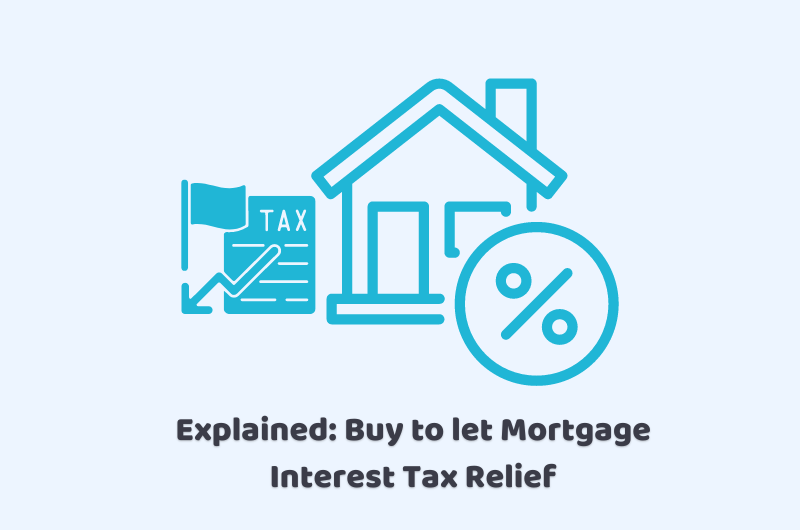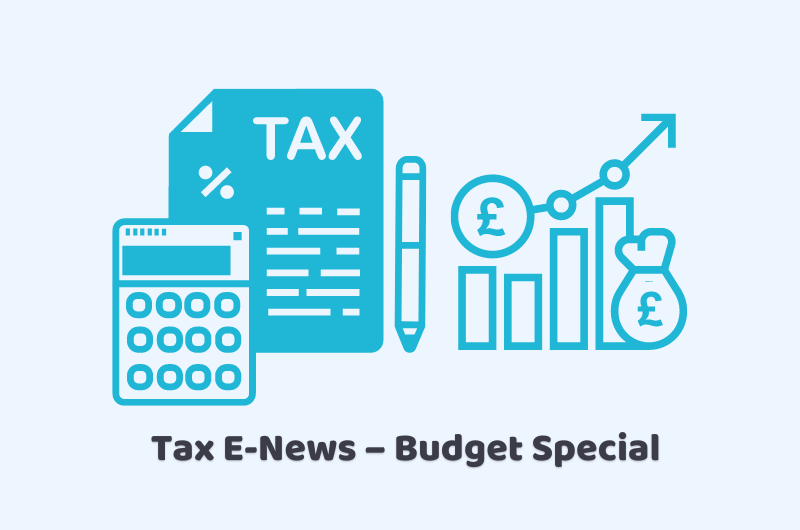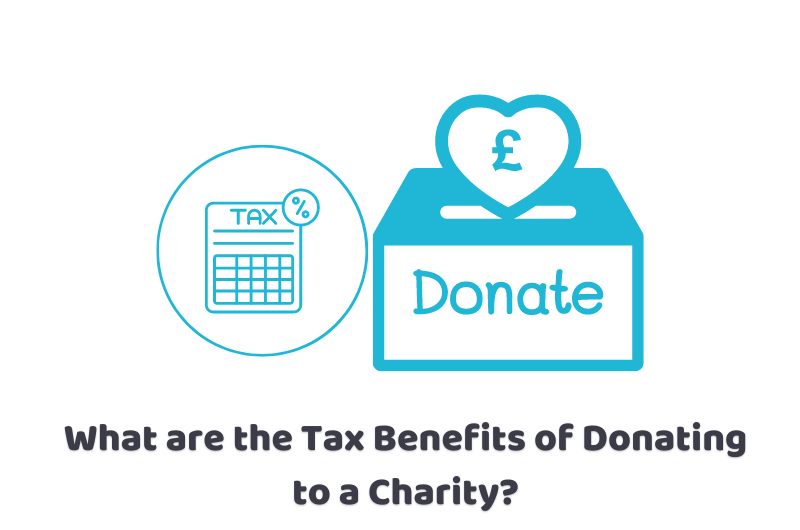
05/08/2022VAT
In the past, the rental income earned by the landlords used to be declared according to their wishes. However, in this modern era, the industry has changed a lot. There are new rules and the landlords are now bound to declare according to the new ways introduced. This will increase the tax rate. The landlords will struggle with higher tax rates in this scenario.
Moreover, the major tax advantage used to be borrowing money from buy-to-let mortgages. This case changed after the new rules are introduced. In this discussion, we will focus on tax relief on mortgage interest and how landlords are struggling with the new system of tax credits.
Reach out to our smart team of professionals to get your mortgage queries answered quickly. We will help to let you decide about tax relief with a clear mind.
Tax Relief on Mortgage Interest Explained
The new rules implication after April 2020, it is not allowed for landlords to deduct mortgage expenses from the income they are getting from rent. Which makes the chances to reduce the tax bills very low. According to the implications of the new rules, 20% of the mortgage interest payment will be the tax credit. Which left the landlords in shock.
As there are no chances of reducing the tax bills. Landlords are of the view this new rule is not generous enough in comparison to the old rules. This is because of the missing tax relief on the mortgage interest.
The New System of Tax Credits – A Bad News for Landlords
Why does this sound like bad news for the landlords that the new system of tax credits has been updated? Several reasons are considered to be less generous in this system according to the landlords. Since it has stopped the higher taxpayers and the additional rate taxpayers to claim the tax they paid on the mortgage. People who are still at the basic rate are eligible to for tax refunds.
Moreover, there are chances for the landlords to get into a specific high bracket of tax. And they will be required to declare the rental income they are earning that was previously used for the payments of mortgages. Tax returns will be handled in a new way after the tax credit changes. This will result in pushing the income you are earning from rents towards a high rate tax bracket. If there is any income that you are getting from other sources, that will be considered too. Your pension and salary are a few examples of this.
Incorporate to Keep Mortgage Interest Relief – Can A Landlord Do It?
The new changes are affecting the private landlords by their implications. This includes couples or single individuals who own property to earn from rental income. If you are doing it through a business, the scenario will not turn out to be equally tough for you. According to the theory, if you are an individual who is involved in a business activity that has the ownership of their property, you tend to declare your rental income after you have made the mortgage deductions.
In the case you are liking the idea to reduce your tax bills, it is imperative to gather the necessary information or get in touch with an expert before implication. This will help you to avoid any unfavourable circumstances in the future.
The Bottom Line
Now that you have gathered a fair amount of information about tax relief on mortgage interest, we can say that the new tax credit and its implications are less generous in comparison to old practices. This is making the landlords push toward the high rate tax brackets. However, if you aim to incorporate as a landlord to keep the mortgage interest relief, you should get the assistance of a professional or you will end paying way more than you expect in form of tax and penalties. We hope these few minutes of reading have helped you and you will be able to make the right choice for your rental income in the future.
Our team of professional members loves to hear out your business problems and find out the possible and suitable solutions quickly. Call us on 02086868876 or email us today. We will come up with fine solutions.
Disclaimer: The information about tax relief on mortgage interest provided in this blog includes text and graphics that are general. This does not intend to disregard any of the professional advice.
Source:
https://www.moneysupermarket.com/landlord-insurance/buy-to-let-tax-relief/



